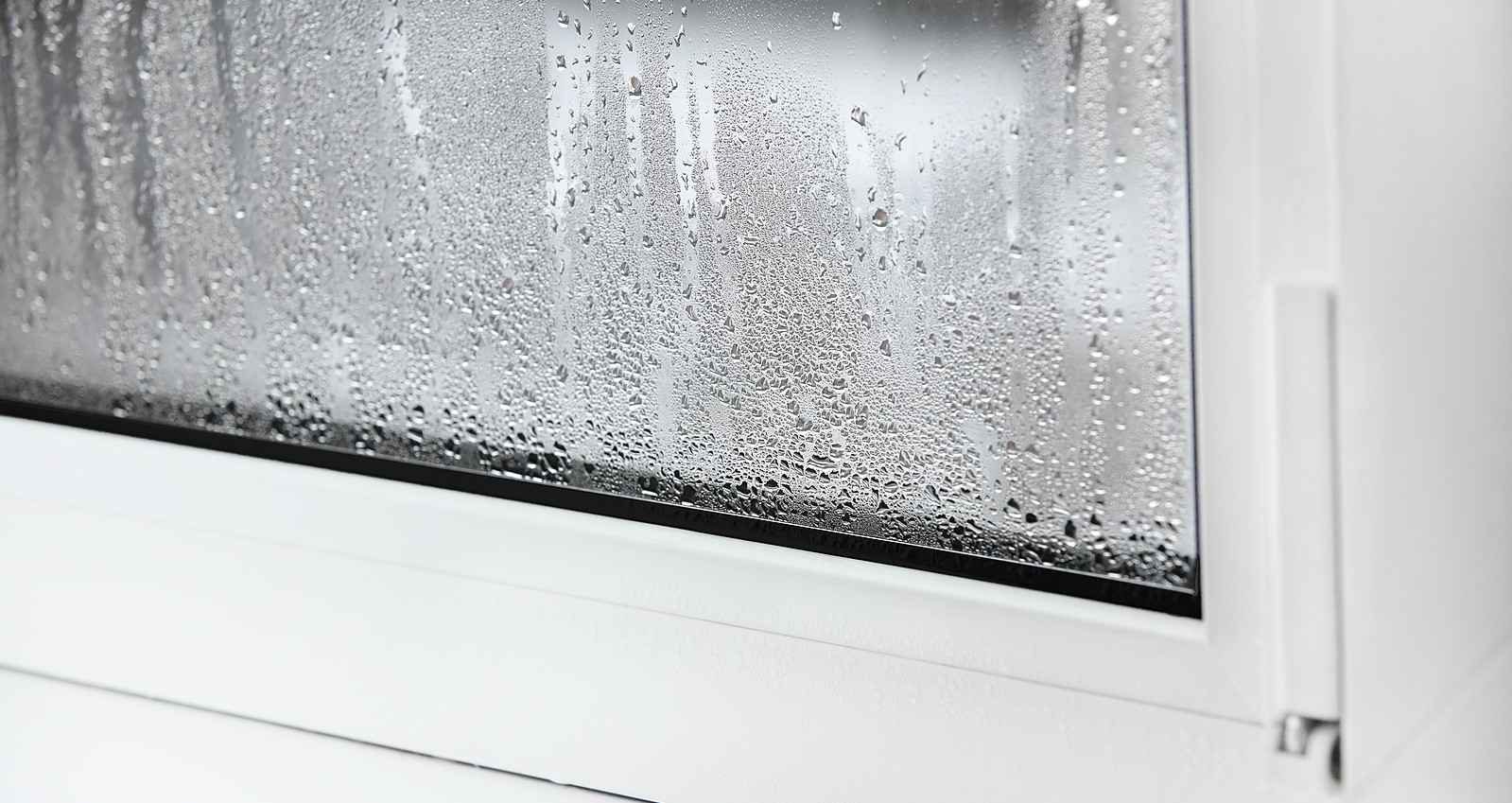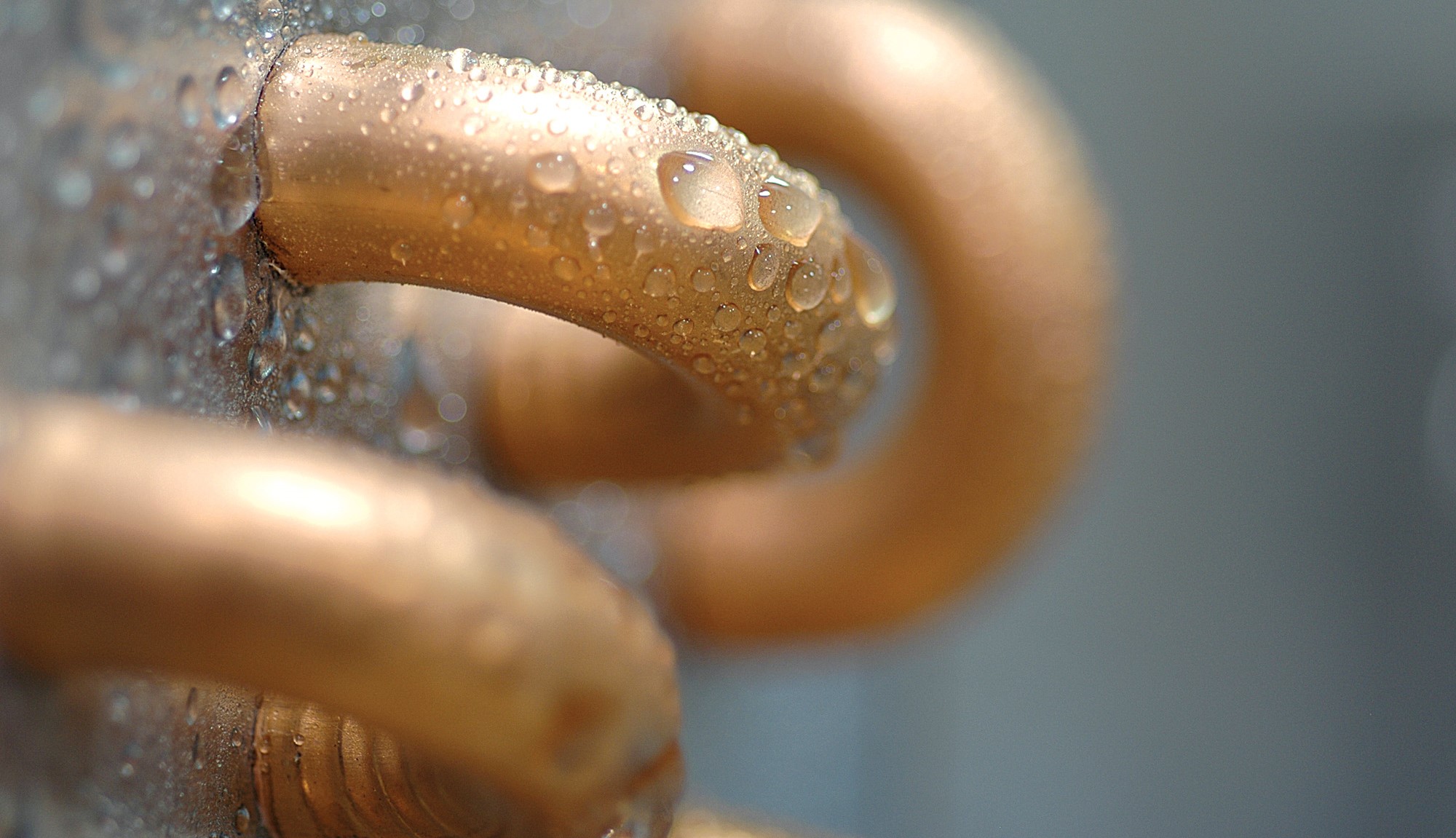Condensation is what happens when water vapour changes from a gaseous to a liquid state. Condensation occurs when warmer moist air comes in contact with cold surfaces such as framing members, windows and other accessories, or the colder region within the insulation envelope (if moisture has penetrated the vapour retarder). Warm air, having the ability to contain more moisture than cold air, loses that ability when it encounters cool or cold surfaces or regions. When that happens, excessive moisture in the air is released in the form of condensation.

In many cases, condensation plays an important role and can bring positive impact to lives. Fresh water is scarce in various places throughout the world. While the majority of the earth is covered with water, most of it is in the oceans and is not usable. Only about one percent of water is fresh and available for use. Condensation allows vapour in the atmosphere to fall to the ground in the form of precipitation. This spreads water out more widely, allowing plants and animals access to more water. Farmers rely on the condensation to water their crops so they can depend less on irrigation.
In other cases when condensation happens, the result may do more harm than good. In buildings, visible surface condensation are water, frost or ice on window, doors, frames, ceilings, walls, floor, refrigerator walls. Signs of concealed condensation include damp spots, stains, mold and/or mildew on walls or ceilings, delamination of laminated surfaces, bubbles or blisters in asphaltic surfaces, peeling paint, and damp insulation. Concealed condensation is the most difficult to deal with and can be the most damaging.
Electronics and electrical components don’t like water and, therefore, moisture near these components means that there is the risk of a malfunction occurring, or even a total failure of the product. Normally, in outdoor conditions, the surface of any electrical enclosure cools down during the nighttime. In the early morning, the ambient temperature rises more quickly than the temperature inside the enclosure. Surface moisture is able to evaporate from the cold surfaces when the temperature rises. However, inside electrical enclosure there is always the risk that moisture is not able to evaporate, with the possible result that it may cause long-term moisture-related conditions. Condensation gradually decreases the performance of the components. It causes increased resistance in components, which itself creates heat build-up. There is the risk of short-circuiting because moisture which contains impurities also conducts electricity. Finally, condensation will corrode components, allowing rust to develop. In an electrical area, when metals rust or corrosion occurs, this will create a leakage path for voltage and current which causes a malfunction or inaccurate reading.

By staying aware of the dangers that condensation poses and taking steps to mitigate them, you can help make sure that your devices are protected. The CP Series warns early and reliably of a condensation risk. The CP Condensation Prevention sensor uses a field-proven RH sensor combined with a tightly coupled precision thermistor to provide early warning of condensing conditions in chilled beam / ceiling applications and prevent “indoor rain” condensation. The sensor can also be used in any heating, ventilation or air conditioning application to where condensation must be avoided. The condensation monitor can be mounted on flat surfaces and on pipes. More questions about how to prevent condensation? Our experts would love to hear from you. Visit our website for more information or contact us now.









